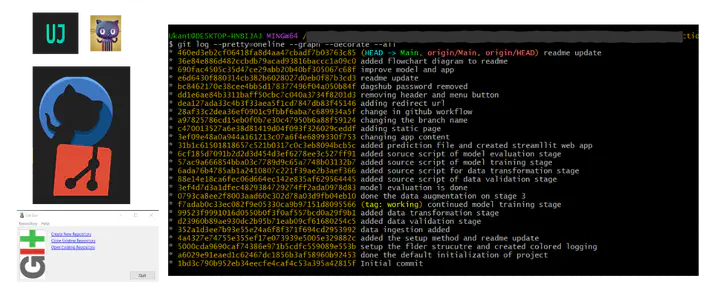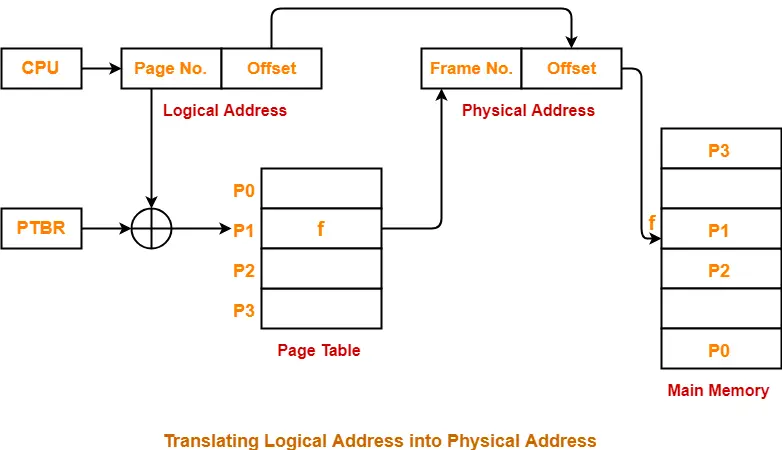Basics of Operating Sys
Basics of Operating Sys
 Image credit: Unsplash
Image credit: Unsplash1. Operating System[OS]

- Paging :–>
- it eleminates the need of contiguos memory allocation
- have two main component and parts
- component -> page number(p) and frame number(d)
- parts + Logical address -> addres generated by the CPU {represented in bits} + Physical address -> physical location of a required data in a memory
- In the process of accessing any data from memory, that will be done by accessing the memory location twice to remove this double accessing of the memory we use the TLB{Translation Lockaside Buffer}.
- TLB –> It contains the page table entries that have been most recently used. IMAGE
- it is a kind of cache memory resister of memory with there physical address
- TLB stored the frequently used data for high speed accessing
- It consist of two parts 4. key or tag :: like page number 5. value :: like frame number
- It consist of few data that is { frequently/ recently used data}
- If data not found in the TLB table then it will search in the page table for that data {TLB miss}
- Advantages
- Disadvantages
- Terms 9. Hit Ratio{HR} –> successful search / total searches doen 10. Miss Ratio{MR} –> HR-total searches done 11. TLBT –> Time( complete TLB search ) 12. MAT –> TIme( time to acces memory ) 13. Effective Access Time 14. formula EAT = HR*( TLBT + MAT ) + MR*( TLBT + 2*MAT)